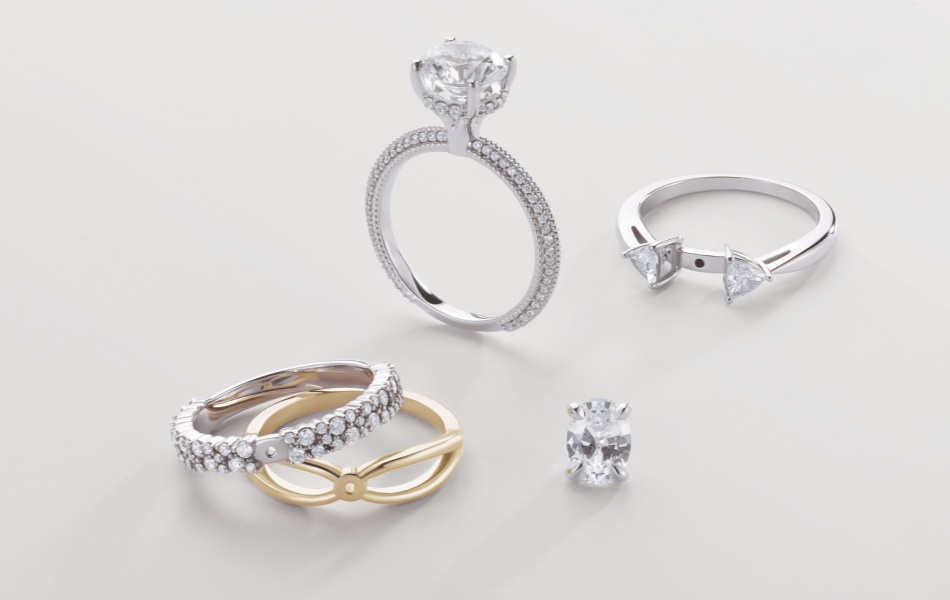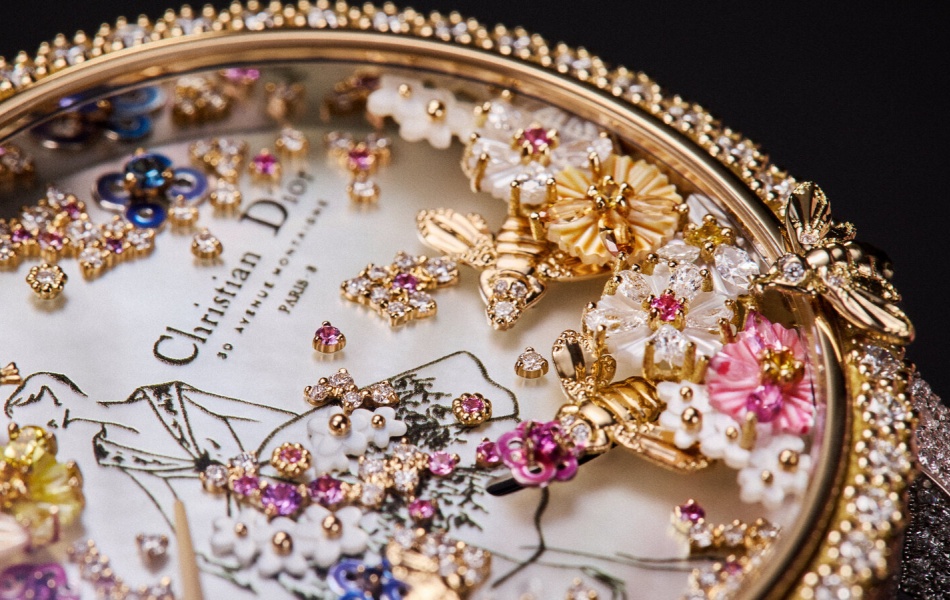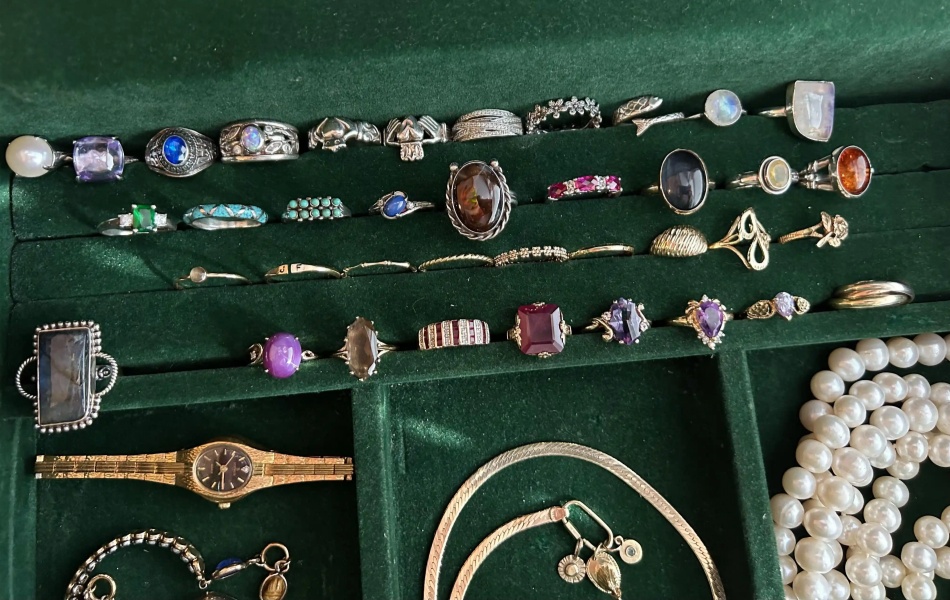- July 8, 2025 13,012 views
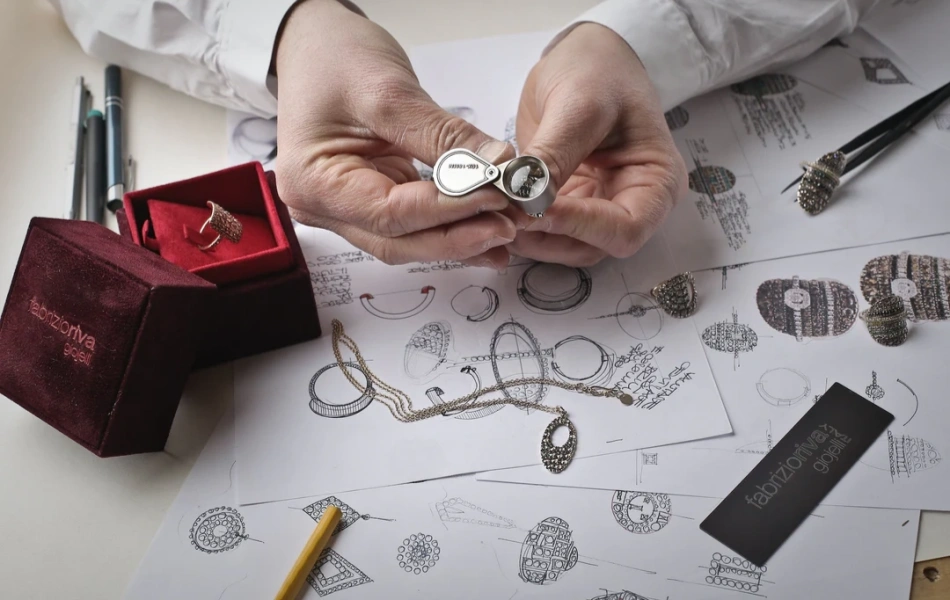
At its core, finesse involves a meticulous approach to creating and refining a product. Whether it is a piece of jewelry, a handcrafted item, or a work of art, the presence of finesse indicates that the creator has invested time and effort into perfecting their craft. This commitment to quality not only results in visually stunning pieces but also ensures that each item is functional and durable. Consumers are increasingly drawn to products that exhibit finesse, as they reflect a level of care and expertise that mass-produced items simply cannot match.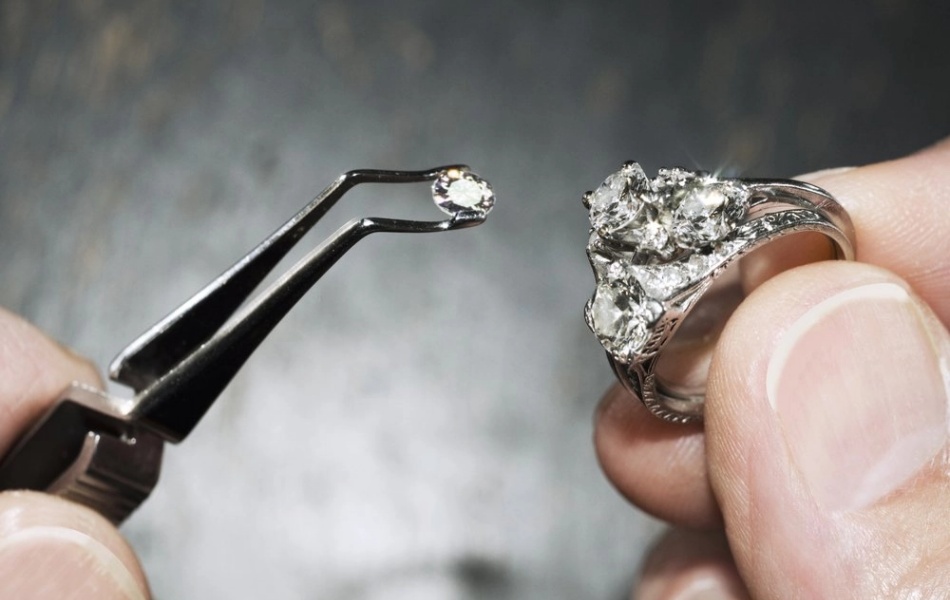
In the realm of design, finesse plays a crucial role in achieving harmony and balance. Designers who prioritize finesse are able to create products that resonate with their audience on multiple levels. This involves not only the aesthetic appeal but also the emotional connection that the product evokes. A finely crafted item can tell a story, evoke memories, or inspire feelings, making it far more valuable than something created without consideration for finesse. This emotional engagement is vital in today’s market, where consumers seek meaningful connections with the products they choose to purchase.
Finesse also encourages innovation and creativity. When artisans and designers focus on the intricacies of their work, they are more likely to experiment with new techniques and materials. This exploration can lead to the development of unique styles and trends that push the boundaries of traditional craftsmanship. By embracing finesse, creators are empowered to think outside the box, resulting in products that not only meet consumer needs but also challenge conventional design norms.
Moreover, the importance of finesse extends beyond the individual creator. It influences the broader community of artisans and designers who strive for excellence in their fields. By setting high standards and demonstrating the value of finesse, these individuals inspire others to elevate their own work. This collective pursuit of quality fosters an environment where craftsmanship thrives, benefiting both creators and consumers alike.
For consumers, recognizing the value of finesse can lead to more thoughtful purchasing decisions. When investing in handmade or artisanal products, it is essential to look for signs of finesse, such as precise detailing, high-quality materials, and overall craftsmanship. Understanding what constitutes finesse allows consumers to appreciate the artistry behind each piece and make informed choices that align with their values. Supporting artisans who prioritize finesse contributes to the sustainability of traditional crafts and promotes a culture of quality over quantity.
In addition, embracing finesse can have personal benefits for individuals involved in creative pursuits. Whether you are an artist, a designer, or a craftsman, cultivating finesse in your work can lead to a greater sense of fulfillment and pride in your creations. This commitment to excellence not only enhances your skills but also enriches your creative journey, allowing you to connect more deeply with your craft.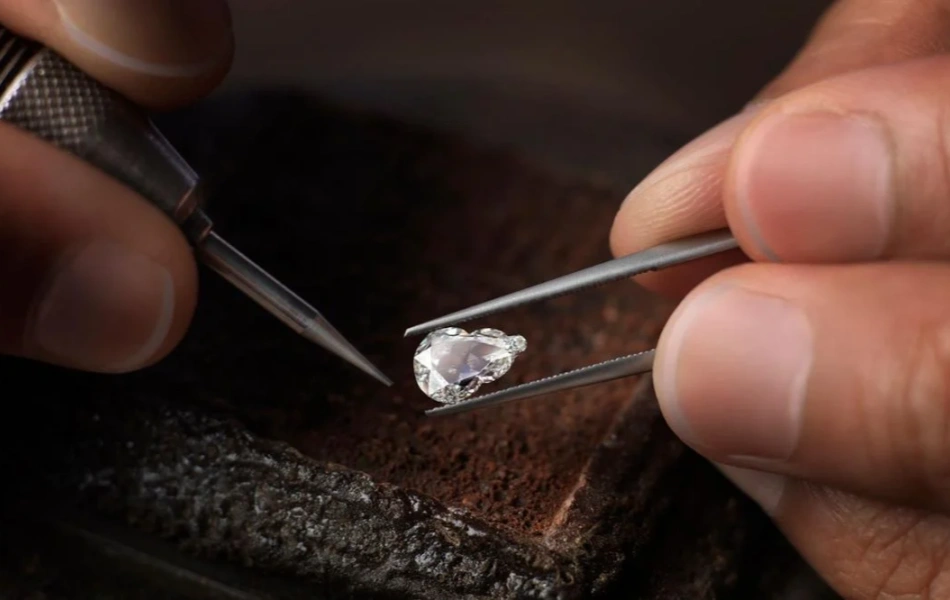
Finesse is a vital element that enhances the quality, appeal, and emotional resonance of craftsmanship and design. By understanding its significance, both creators and consumers can foster a culture that values skill, creativity, and attention to detail. Embracing finesse allows for the celebration of individuality and artistry in a world that often prioritizes speed and uniformity. This commitment to excellence not only elevates the products we create and consume but also enriches our lives in meaningful ways.
